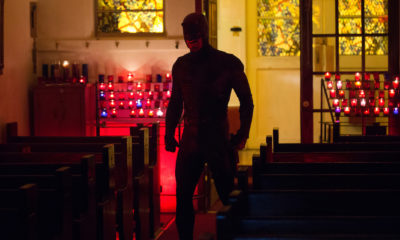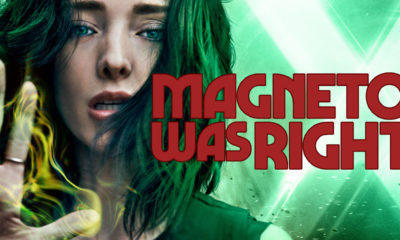With “Avengers: Infinity War” coming to cinemas, fans have been desperate to avoid spoilers as the film promises to feature some incredible plot twists. The directors and writers have been so secretive that they’ve even written fake scenes in order to confuse possible leakers. Many of the actors still hadn’t seen the film a mere week before release. This secrecy is just another step in the process of MCU films more closely guarding secrets.
In the past, comic book movies and TV shows were synonymous with simplistic storylines and predictable plots. But as comic properties grow in prominence both commercially and critically, writers are working hard to subvert the tropes that fans have come to expect. While some critics might consider Marvel Cinematic Universe movies to be “paint-by-numbers,” fans have been treated to some universe shaking surprises. Here’s Marvel News Desk’s Top Ten MCU plot twists.
First, we need to make the spoiler warning of all spoiler warnings. This video will literally ruin the best ten surprises in the history of the MCU. So if you still need to catch up on something, go do it first and then come back. You have been warned…
10. Loki on the Throne of Asgard
Coming in at number 9 is Loki’s ascension to the throne. Most astute viewers doubted that Loki had truly died in Thor: The Dark World. After all, the master of mischief is prone to playing tricks and surely Marvel wouldn’t waste their greatest antagonist on a solo character film. His likely return, however, didn’t prepare anyone for the last moments of the film when Odin gives Thor the blessing to return to earth. As the thunder god leaves the royal throne room we see that Loki has in fact removed his father from his rule. This one might have been higher on the list, had the situation not been fixed so quickly in Thor: Ragnarok. At least we got that hilarious Matt Damon play out of the situation.
9. Ego Killed Peter Quill’s Mother
After the release of Guardians of the Galaxy Vol. 1, many fans thought that Star Lord’s father would be a major plot twist akin to the parentage plots of Star Wars. It was a shock when director James Gunn revealed a year ahead of time, at San Diego Comic Con, that Peter’s father was actually Ego the Living Planet. What fans didn’t know until they went to the cinema, however, was that Ego was a deranged demi-god. When he uttered the line, “It broke my heart to put that tumor in her head” the audience collectively gulped. The emotion of the moment is even stronger as Peter blasts away at Ego, to no avail. Little did anyone know the real twist wasn’t Star Lord’s dad, it was who murdered his mom.
8. Jessica Jones is Free of Kilgrave’s Control
Jessica Jones Season 1 is arguably the most tense television show Marvel has produced. Kilgrave’s ability to control minds and have people commit horrifying acts of brutality, left fans on the edge of their seats through most of the first season. In the midst of the chaos which follows his escape from Jessica’s electructified sound proof room, she grabs him and he demands she let’s go. She does not and discovers, along with audience, that she is now immune to his powers. The beauty of this twist is the subtlety of the moment, with fan and character both coming to the realization together, without any exposition on what’s happening.
7. Quicksilver’s Death
#7 on our list is a classic case of misdirection. For most of Avengers: Age of Ultron, writer and director Joss Whedon builds up the possibility that Hawkeye is going to pay the ultimate price in the battle of Ultron. The foreshadowing seems heavy handed, particularly when the audience is taken to the Barton farm and learns of the archer’s family and children. It’s the perfect set-up for a tragic demise. So when Hawkeye goes back to save the one remaining Sokovian child, the handwriting appears to be on the wall. In the last minute, Quicksilver runs in and takes the bullets that appeared destined for the Avenger. Few thought Marvel would kill a character on debut, but ultimately the studio probably saw the redundancy with the X-Men franchise to be too much. Now that the Fox deal looks to be coming through, could Quicksilver return?
6. Tony’s Parents’ Death Reveal
The brilliance of this plot twist is its ability to shock and impact the plot, even though it wasn’t much of a twist. In Captain America: The Winter Soldier, Arnim Zola quickly flashes images of the ways Hydra has been working since Cap disappeared in the polar ice cap. It becomes pretty obvious at that moment that the Winter Soldier, Cap’s buddy Bucky, killed the Starks. This information, however, still resonates in a new way when Zemo reveals it to Tony for the first time at the climax of Captain America: Civil War. While most fans and the heroes themselves were bracing for a brawl with an army of winter soldiers, Zemo was in fact just digging for the dirt on Bucky. Robert Downey Jr. has his best acting moment as Stark when he begins to process the bombshell. Many a casual fan was reeling from the reveal themselves.
5. Ben Urich’s Death
At number five, we have the death of Ben Urich. Some Marvel characters are beloved by fans despite not having any super powers. When he appeared in the MCU as a major player in Netflix’s Daredevil, played masterfully by Vondie Curtis-Hall, Ben Urich quickly became a fan favorite character. His popularity made it all the more horrifying when Wilson Fisk killed him with his bare hands near the end of the first season of Daredevil. It’s a decision many fans still have a love-hate relationship with, as it packed such a punch to the gut, but also means that an iconic Marvel character left us all too soon.
4. The Mandarin isn’t the Mandarin
The fourth twist on our countdown is probably the most controversial plot decision in the history of the MCU. During the second act of Iron Man 3 we learn that Ben Kingsley’s Mandarin, who featured heavily in the trailers and appeared to be the next great MCU villain, is in fact merely an actor named Trevor Slattery hired by the real Mandarin to distract the authorities. In a way this was a necessary twist, because it allowed Marvel to nod toward a traditional Mandarin without perpetuating outdated stereotypes. On the other hand, many fans took it as an affront to the comic character they knew and loved. This botched twist led to a secondary one in the “All Hail the King” one shot, in which we learn that in fact the true Mandarin is neither Slattery, nor his boss Aldrich Killian, but instead a shadowy personality yet to appear on screen. Many Iron Man fans are still waiting to see the real Mandarin.
3. The Dissolution of S.H.I.E.L.D. and Betrayal by Ward
One of the challenges in the interconnected world of the MCU is doing anything plot wise that feels like it has much significance. When fans know that a hero will reappear in the next sequel, there isn’t a sense of gravitas. When Captain America: The Winter Soldier came out, with heavy tie ins to freshman drama Agents of S.H.I.E.L.D., it was easy to think that nothing much could happen. After all, they can’t shut down the organization. What would happen to the TV show? Well shut down S.H.I.E.L.D. they did! After years of S.H.I.E.L.D. and Director Fury serving as the major connective tissue of the MCU, Marvel destroyed the glue of the universe in two shocking hours. Many left the theaters wondering what the upheaval meant. A few short days later they discovered it meant that Agent Ward, arguably the lead protagonist of the first season, was in fact a HYRDA agent himself. His sudden betrayal of the team was a shock that set up years of conflict on the show. This plot twist is the only one which shook up both television and film simultaneously.
2. Thanos Reveal
MCU movies have always featured some sort of end credit scenes. They serve an important function in continuing the narrative. But the mid-credits scene of Avengers is the one which most reshaped the universe. Until that moment when Thanos first turned and grinned at the camera, the story of the MCU was interconnected but lacked a central antagonist. In those 30 seconds Marvel fans suddenly realized that the universe was way bigger than they thought. All of the plotting of Loki and the power of the tesseract were part of a much larger story, the story of the Infinity Gauntlet! This one plot thread has become the centerpiece of Infinity War, the culmination of the entire MCU.
1. Nick Fury Appears
Today every film franchise in Hollywood is trying to concoct a shared universe. This massive trend was kicked off by a shocking moment after the credits of Iron Man. When Nick Fury, played by Samuel L. Jackson no less, walked into Stark’s Malibu home and talked about the Avenger Initiative it became clear for the first time that Marvel wasn’t just doing movies based on their characters. They were building an interconnected universe. With one scene, Marvel Studios began an odyssey that has not been replicated by any of its competitors, a meaningful web of interconnected films and franchises which tells one grand serialized story. And it all started with one last plot twist in Iron Man.
Thank you for watching our video! If you enjoyed it, please support Marvel News Desk by subscribing to our YouTube channel via the subscribe button below or at watch.marvelnewsdesk.com. You can find us on Twitter at twitter.com/marvelnewsdesk and facebook at facebook.com/marvelnewsdesk. We also release some of our videos first on Patreon, so if you’d like early access and a bunch of other goodies, become a Patron today! Finally, we do a weekly podcast which you should try. Just look for Marvel News Desk on your favorite Pod app. Thanks for watching.
Features
Punisher Season Two Carefully Balances Frank’s Humanity, but Struggles With Dual Conflicts
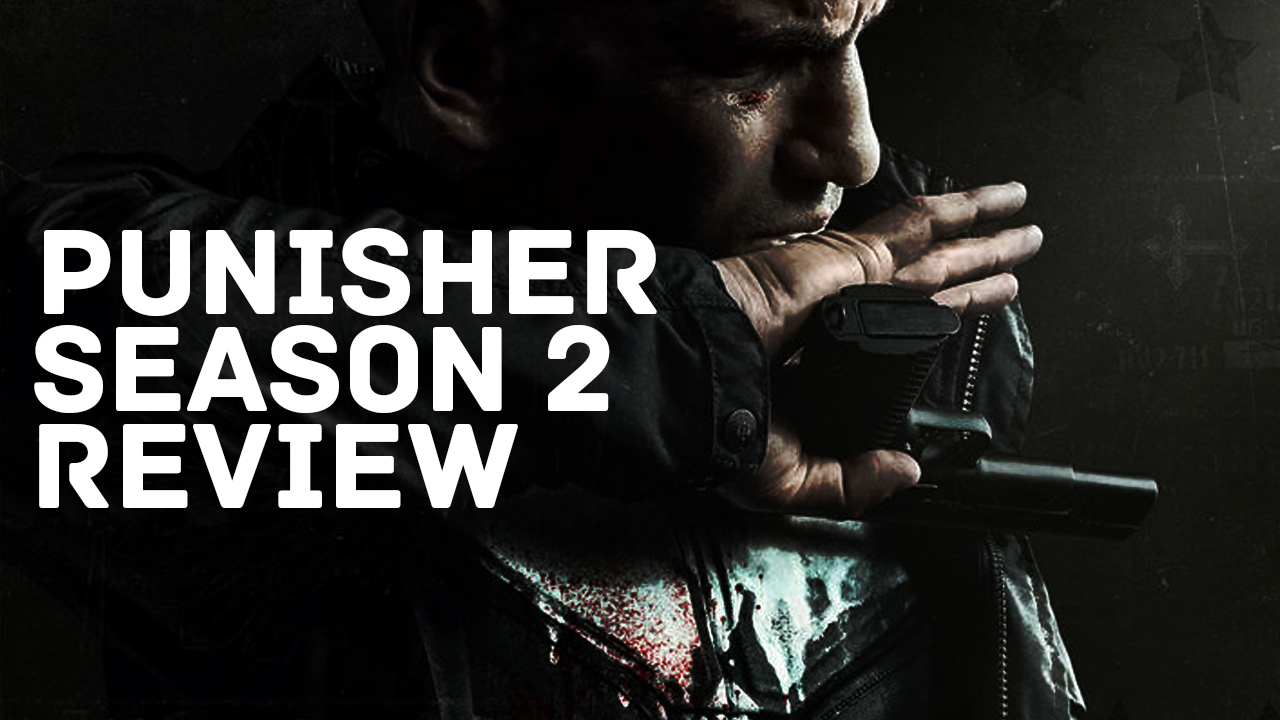
On January 18, The Punisher will be back on Netflix, with Jon Bernthal returning to keep the character alive on a platform where Marvel shows have been producing great quality, but still haven’t been able to survive. Fans were first introduced the the character in Daredevil season two, where fans learned the backstory of Frank Castle, a veteran and father, who’s family was killed in front of him after returning from war. When Castle returned to Netflix for his stand-alone series, we got a slightly altered background story, focusing on his war buddy, Billy Russo, played by Ben Barnes, as a force behind the killing of Frank’s family that day by the carousel.
Season two of The Punisher has some strong moments, particularly in the beginning. While season one hinted that Castle’s fighting days may be over, as he took the identity of Pete Castiglione and sat in on some group therapy, season two shows that Pete is just as much of a fighter as Frank.
The first three episodes are the best of the season. These could stand-alone as a new series about Pete living in the Midwest trying to carry on with a normal life, but his protective instinct pulls him into trouble. Unfortunately, the show moves Frank to more familiar territory, and after that move the show struggles to find balance. The storyline focused around a gang of religious extremists intent to kill Frank and the young woman he’s protecting never finds familiar territory with the second story, where Billy Russo re-emerges as a threat to New York.
The young woman Frank is protecting is Amy Bendix, a new character brought to life by Giorgia Whigham. Amy joins the other strong women of the series (such as Dinah Madani and Karen Page in Season one) on a path to prove that beneath all of the violence, the Punisher himself is a decent human being.
And that conflict, the humanity of Frank and his ability to kill people without hesitation is a topic of discussion throughout the whole season. Characters confront their own anger, haunted by demons of their past, and try to decide if they can be the type of killer that Castle can be, without becoming the person that he is. At times, it is a bit too much of people staring at their own navels, talking to therapists, and drinking away their emotions. However, ever since The Punisher branched off on his own, the show has crammed it down the audience’s throat that the people on the show are real, and not to be looked at as killers with no chance at redemption. At times this is the show’s biggest flaw – it’s trying too hard to prove that Frank is, and is surrounded by, good people.
Could Billy Russo be one of those good people? As Billy recovers from his injuries incurred at Frank’s hands, his possibility for redemption becomes a major topic. Russo loses a part of himself when he recovers, but it isn’t his humanity. If anything, the character comes back as a more tender, loving person. His arc may have felt more fresh if we had more time between the story of a mentally unstable villain seeking his north star in Daredevil before watching Billy on his own journey of mental healing. However, the therapist that helps Billy find himself again serves as yet another woman around the men of the series that helps remind the audience, and the characters, of their humanity.
I struggle to find much to say about the new villains of the season, a group of religious extremists that want Amy and Frank dead. While the show presents these characters as mysterious villains, it was hard to find a reason to care about their stories, motives, and goals. Something never really clicked to make them more than a way to add material and complexity to a show that could have been exciting enough with the stories available in New York. But they give us Amy, who is a delight, even if her storyline falters.
One high spot in the series is an amazing soundtrack of heart-felt blues renditions of classic songs, woven into emotional moments along the way. Just as Luke Cage takes you to Harlem with it’s sound track, the tunes chosen for emotional moments in The Punisher feel like American simplicity. With acoustic guitars accompanying shoot-outs, it’s as American as the single-wide trailer where Frank and Amy live for much of the season.
If you are still holding out hope for cross-overs between the Netflix shows, you should realize by now that we likely aren’t going to see any title characters showing up without a little bit of hype before-hand. However, Frank does continue to live in a world where New York City only has one cop of note outside of Harlem, and that is the beloved Brett Mahoney, portrayed by Royce Johnson. Johnson comes close to stealing the show in this upcoming season, appearing frequently, with a personality created by being the one person in law enforcement that still cares to follow the rules.
On January 18, you may not want to cancel all plans to watch the series as fast as you can, but the beginning of the season is strong enough to pull you back in, even if you don’t remember many details from Season one. And if we never see more of Frank Castle and his own side of the Netflix MCU after this season, things are wrapped up nicely enough that we won’t be as angry as those that watched all of Iron Fist.
Features
Runaways Season 2 Feels Like A Step Back

Runaways Season 2 is an unusual show to review, in that it is not often a sophomore effort is the first to truly live out the premise of the show. With the so called Runaways staying at home for most of Season 1, the first go round with the teens served as a sort of extended pilot more than anything. The obvious confidence Hulu had in the property, with its almost assured second season, allowed Brian K Vaughn and team to do things in that first season that deepened the foundation of the characters and ultimately should pay off. None the less, Season 2 is the first time we’ve truly seen the teens on the run.
Early on, this new reality helps the show come to life. The obvious hazards of being on the streets, struggling for money and food, and trying to adjust to falling from the 1% to homelessness make for engaging drama in the beginning of the season. This setup gives the show an edge and sense of danger that was too often missing in the first season, filmed mostly in mansions. Sadly the premise is stripped away far too quickly as the characters move into digs that are comic accurate but which also blunt the point end of being a runaway in the first place.
My general concern with this season, and the show in general, is that far too often it feels uncomfortable in its own skin. Some of the time it is a teen melodrama that is almost embarrassed of its super hero trappings. At other times its a super hero show that has long lulls where puberty seems the real villain, not the alien antagonist. Some fans will undoubtedly feel like the mix is just right, giving them just the right dose of each. And the source material, the modern classic comic series, is a bit like that as well. For me it just felt like both halves seem rushed in order to make sure that the other half isn’t underserved. As such the adolescent soap opera doesn’t have space to breath and the comic fight scenes feel far too short.
The challenge of a large cast is obvious in this show. Characters disappear for a few episodes at a time. That’s the nature of this beast. Generally, the show is at its most alive when the characters are all in one room, at least the six protagonists. The wit is fast paced and typically well timed by the actors. It can have an Alan Sorkin kind of electricity in the dialogue. But too often the characters are sent off on character development homework side missions, which don’t have the same energy. Chemistry is what makes and breaks this show and it is often a roller coaster entity in season 2. Some scenes are spectacular and others just lack punch.
The powers and special effects on the show also tend to get under served in production. For a group of kids constantly running head long into trouble, they seem to always leave their dinosaur at home. Maybe just once it would make sense to bring along his muscle, if only the show wasn’t hiding him away lest they over play their puppeteering skill or blow out the budget. One consistently wonders if the brief VFX scenes are due to the desires of the show runner, or a property that maybe is misplaced in TV financing world. Its not that anything looks bad, its just all very short. A mid-season climax point that is clearly meant to be a special effect bonanza ultimately feels like 25 actors looking at each other menacingly without enough things actually happening. In particular, the Runaways as a team don’t manage the kind of combinations and power complementation that makes a team up like the Avengers, Guardians of the Galaxy, or even Quake and Ghost Rider on Agents of SHIELD, so satisfactory.
A mention should quickly be made of the characters and their arcs. Nico is coming to grips both with her new relationship and the fact that she has replaced Alex as the de facto leader of the group. This weight is in fact heavy for her. Molly continues to grow out of adulthood and into a role with more agency. This leads to the kinds of mistakes all people make when maturing. Alex is sort of the outsider after falling out with Nico, so viewers get to see him connect with unlikely people in a new community. Chase is stripped of all the things that made him a hot shot. He’s struggling with a more domestic role and how to show sensitivity. Gert has some personal health issues that throw her off stride. And Karolina is trying to figure out who she really is. This leads her to seek answers in a really questionable place. The performances all have highs and lows, with Allegra Acosta’s Molly maybe being the most consistent character.
Generally the acting in this show gets a little cringe worthy at some times. The material leans so heavily into the world of melodrama its is kind of hard to take some lines and takes seriously. Did they really just say that? Somewhat paradoxically, the show really clicks on two ends of the spectrum. First of all, the relationships and the experiences of hurt ring true. When these characters are people first and superhero second, they tend to be believable. Secondly, some of the world building, particularly some later season flash back work, is interesting and engaging in part because it’s completely over the top. Its just the in between stuff that can be messy.
As a huge fan of Season 1, this second season does feel like a step back. One can see what the show runners are aiming for, but they just miss the execution. The pacing and storytelling are too muddled and ultimately it feels like that hurts the performances. Too many hand break turns are happening for any groove to occur in the show. Actors are trying to do legitimate human emotion on minute and then ten minutes later they’re in the midst of a monologue about cosmic pseudeoscience or engaged in hokey slow mo fights. A lot of good stuff is in this season, and the fans will probably still enjoy it, but the show needs to make more hard decisions about what it really is and what it really wants to be.
Features
How Daredevil Season 3 Depicts the Fight Against Real and Present Fears
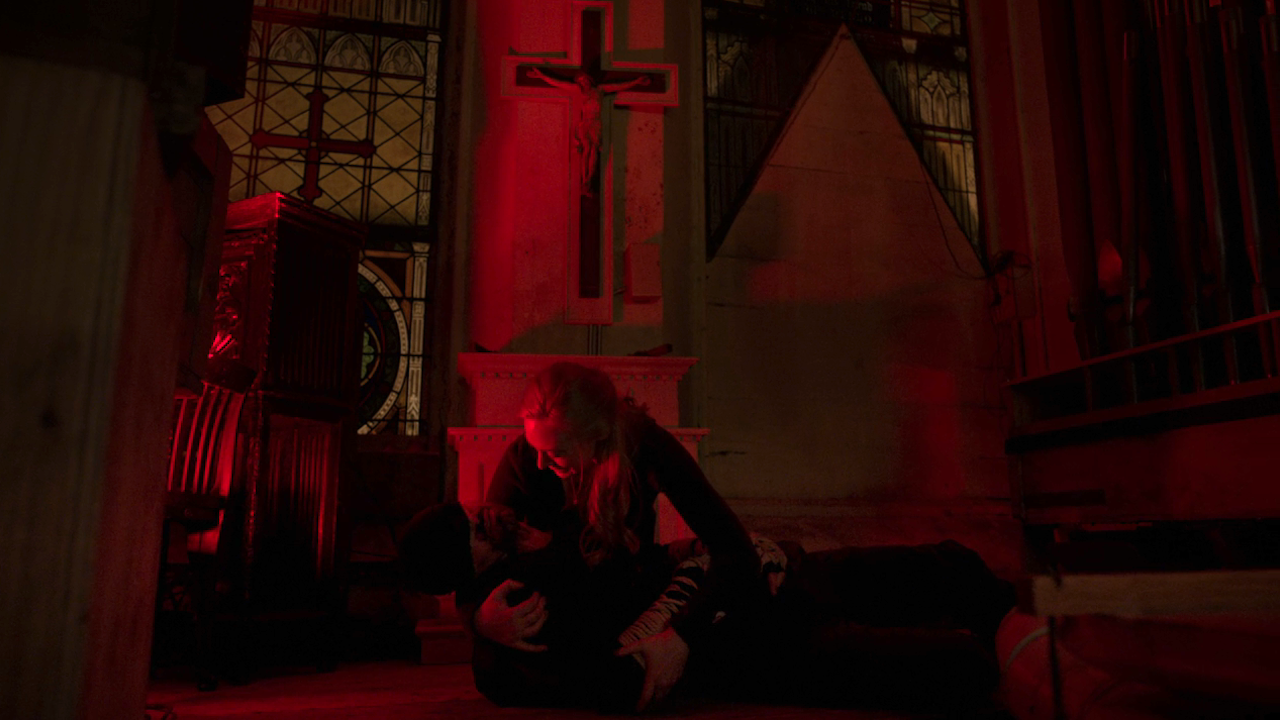
(Content Warning: mass shooting tragedies in the United States; Spoiler Warning for Daredevil season 3)
Those living in the United States have gotten too accustomed to bad news. Every mass shooting, wildfire, and other various tragedies have become distilled to push notifications on phones and headlines on cable news. I’ve felt a certain guilt for an increasing indifference as the bad news has increased in volume, but I felt this even more so when the news finally reached me personally. The Tree of Life shooting in Pittsburgh set something off in me, as I went to school mere miles away from there, and I visited Squirrel Hill for leisure and errands regularly. I felt sorrowful and uneasy knowing that such a nefarious act was committed in an area I once considered to be practically my backyard.
It had an eerie and troubling effect on a piece of media that I treasured, as only a couple of weeks before this real-life tragedy, Netflix released season 3 of Daredevil, which prominently featured a chilling scene of a fatal attack on a place of worship.
What that television show did might not necessarily be bad taste, as it released before the real-life analogous event occurred—it isn’t the same situation where the Las Vegas shooting prevented the apparently-planned early release of The Punisher, or Paramount executives scurrying and attempting to release their Heathers television reboot in piecemeal, attempting to slip their tone-deaf program in-between real-life tragedies. Still, the proximity in date alone puts a shroud over Daredevil in my eyes, and a rewatch is impossible for me without associating it with the act of hate and domestic terrorism that happened in a city I love.
I eventually thought back to the words of Erik Oleson, the showrunner of Daredevil’s third season. I attended the Daredevil New York Comic-Con panel, where Oleson presented his thesis statement for season 3—it would be about “combating fear and the narcissistic tyrants that weaponize it.” The Tree of Life shooting is not the only recent news event that could be analogous to events in his show, and none of these were unfortunate coincidences—these were by the show’s design. Daredevil season 3 tapped into our real-life fears and anxieties, and like practically all superhero fiction, it presented a fantastical story where those fears were conquered.
To anyone at that NYCC panel with their finger on the pulse, it was obvious just what (or who) Oleson was referring to. Wilson Fisk, finally embracing the role and appearance of the Kingpin, is our narcissistic tyrant.
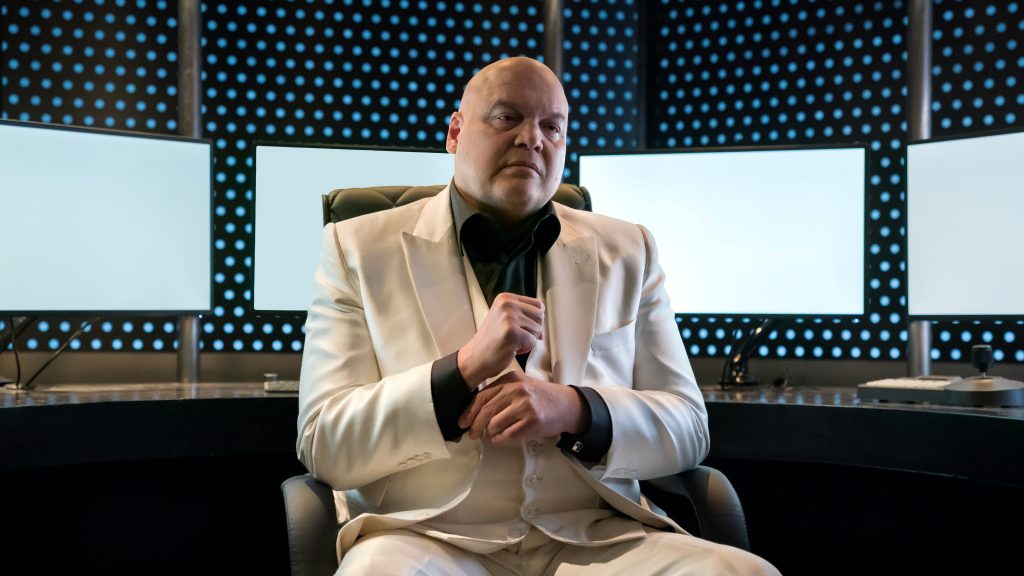
Marvel’s Daredevil
At its bare bones, Fisk’s plan to cultivate a culture of fear isn’t far from how real-life tyrants do so. Despite the general public knowledge of his misdeeds, even garnering chants of “Lock him up!” outside of his lavish New York penthouse, Kingpin is able to obtain the trust of the common citizens. Fisk’s apparent ace in the hole is a fake Daredevil, with a skilled FBI agent that Fisk himself corrupted donning the red horned costume. With this terrorizing Daredevil imposter, Fisk creates a new public enemy for all to fear, projecting an image of power and safety that only he could provide.
And the imposter in question, Agent Pointdexter, is a troubled man with psychopathic tendencies and a desire to learn about empathy. Found in a vulnerable position, Dex is manipulated and deceived to enact Fisk’s plan of wide-scale gaslighting. And as we find out later in the season, Fisk’s corruption and manipulation of institutions such as the FBI has reached an absurd point. No character in Daredevil season 3 can better personify this than Agent Ray Nadeem.
In a period of time where many in the public are less trustful of law enforcement officials and the institutions that enable and protect them, it may be harder to swallow more idealistic portrayals of them through fictional portrayals. Not everyone is Special Agent Dale Cooper from Twin Peaks or the lovable bunch in Brooklyn Nine-Nine. But there was something captivating about Nadeem’s own troubles and anxiety that brought him down to a more grounded level. His anxiety was economically-based, as a result of covering his sister-in-law’s health care coverage. Seeing a struggling, suburban Indian-American family just barely making it was instantly more tangible than the more lavish, romanticized views of such law enforcement officials on television.
I don’t believe that anyone in this season of television had it harder than Nadeem. He is torn between his duty to provide for his family, his own moral, ethical code, his loyalty to his agency, his friendship with Dex, his desperation to fight through the bureaucracy denying him a larger paycheck, and so many other forces that are in play. By the end of his plight, Nadeem leaves a mixed legacy. While he was complicit in many of Fisk’s crimes, he was also key to bringing the entire operation down. In a season where FBI agents are shown to be corrupt in a cartoonish fashion through a boardroom scene, Nadeem being the only one with an apparent conscience gives slight “not all cops” vibes, while at the same time being truly reflective of the hidden fears and anxieties even within the upper-middle class that can be exploited by bad actors.
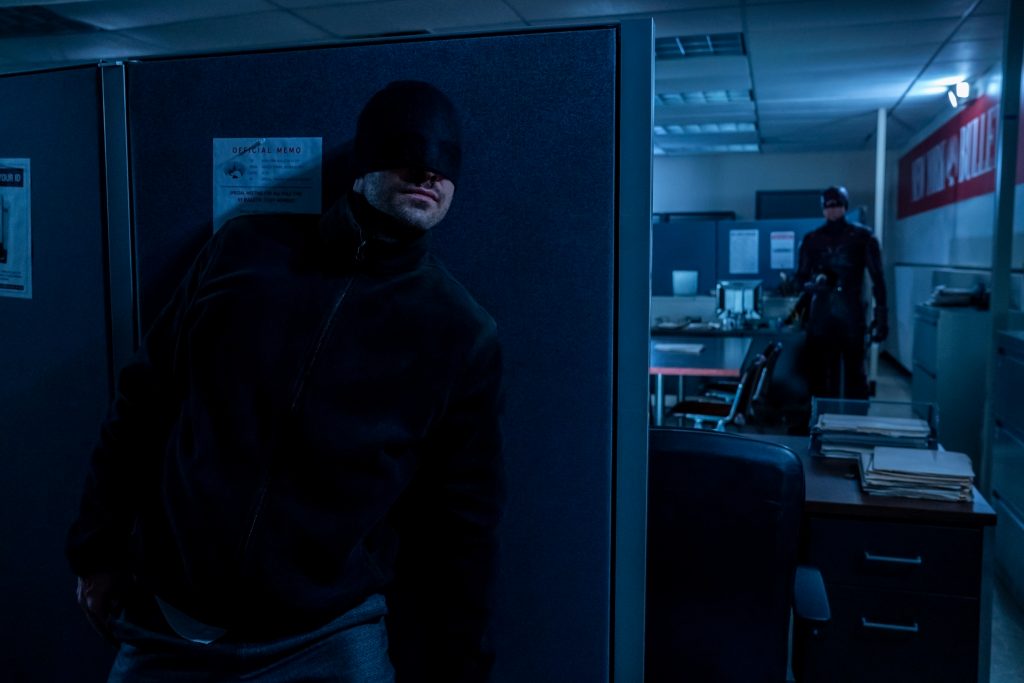
Marvel’s Daredevil
Let’s rewind back to the point in which the paths of Matt Murdock, Dex, and Nadeem all converged, in a manner orchestrated by Fisk. There was something powerful and fateful about the first meeting of the two “Daredevils”—halfway through the season, both characters have individually gone through radically different journeys of self-exploration, and the clash between the two was like a chemical explosion. While I reveled in the creativity of the choreography and the display of Dex’s ability when the New York Comic-Con showed off the Bulletin fight sequence, something seeped into my head on my repeat viewing weeks later.
I had a sinking feeling that the context of the scene, with Dex murdering New York Bulletin journalists, and the fight scene taking place in their office space, was meant to be a reference to another recent tragedy. It seemed to me at the time that this unsettling sequence was meant to mirror the real-life June 2018 shooting at the Capital Gazette building, home of publications The Capital and Maryland Gazette, where five employees were killed.
It was sometime before writing this piece that I did my due diligence and found that production of Daredevil season 3 ended earlier in June, a couple of weeks before the tragedy occurred. For the most part, similarities were mere coincidence. Still, anyone with their ear to the news in the United States knows fully well that this anti-journalist sentiment was alive and well before this attack. One of the more important pillars of our modern society is that of the journalist and the news publication, having the freedom to hold those in power accountable to the truth. Likewise, these Bulletin reporters, led by Karen Page, were working on a piece that would have shed some light to Wilson Fisk’s fragile situation. Fisk nailed two birds with one stone, dispatching of the opposition, while also creating his false public enemy.
As with the aforementioned church attack in the show, the timing between the show’s premiere date and real-life events yet again produced an unusual effect. Another pillar of our society, one based on worship and faith, was under attack by violent forces. While these fictional and real events have no direct relationship, this frightening sequence was certainly based on a real attitude of intolerance that has been pervasive for the longest time. The context and scenario are different from reality, but the imagery remains the same to recall such real-life fears and anxieties.

Marvel’s Daredevil
Our main characters of Matt Murdock, Foggy Nelson, and Karen Page eventually get to a point where they must decide how to solve this impossible dilemma. The idealistic Foggy still firmly believed in the United States justice system, while a weary Matt believes that his vigilantism is the only solution. In real life, the justice system has been exploited, abused, corrupted, and has overall acted as a counter in favor of bad actors—I remained unsure of which method the show was advocating for. In the end, it seemed to favor a one-two punch combination.
If anyone is looking towards fantasy for solutions to real-life problems, they will find themselves sorely mistaken. Our current problems with combating cynicism, authoritarianism, and other negative forces will not be solved by two macho guys mercilessly punching each other in the face. While nothing will convince me that all art and media isn’t political, I will concede that entertainment such as Daredevil is meant to be escapism. I would argue, however, that the concept of “escapism” is grossly understood.
Not all escapist fiction is meant to completely take you away from the clear and present societal and personal anxieties. Rather, much of it is meant to take you to a place where those fears and anxieties can be confronted and defeated in a fantastical way—maybe it’s with a sword and shield, super strength, or the ability to fly. This is the fantasy that superhero fiction is able to provide.
Daredevil season 3 will obviously not solve any of our real-life problems—but it demonstrates that something as fantastical as the MCU can be very powerful by recalling realistic imagery and sentiments. In a society where people are fearful to live their regular lives under the threat of violence, however real or false that threat may be, and with bad actors exploiting that very fear, we need a fantasy like Daredevil. Season 3 is all about how he earned the famous moniker “the Man Without Fear.”
Daredevil may not be able to save us in real life, but perhaps for some people, he could inspire them to be just as fearless.
-
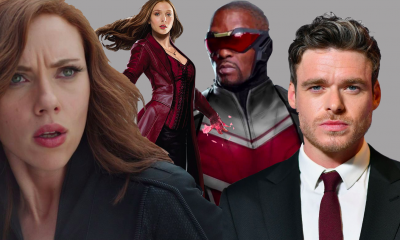
 Marvel News Desk4 years ago
Marvel News Desk4 years agoBold 2020 MCU Predictions-Marvel News Desk #145
-
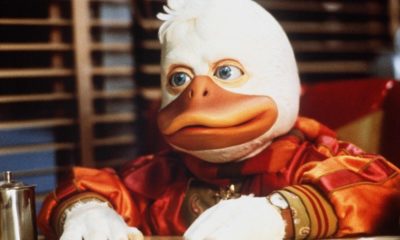
 Features6 years ago
Features6 years agoHoward the Duck: The First MCU Movie?
-
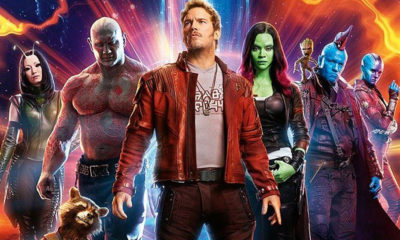
 Lists6 years ago
Lists6 years ago5 Characters We Want To See In ‘Guardians of the Galaxy: Vol. 3’
-
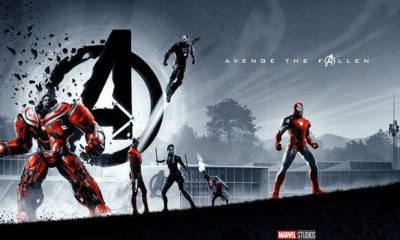
 Uncategorized5 years ago
Uncategorized5 years agoAvengers: End Game Spoiler Review-Marvel News Desk #114
-

 Features5 years ago
Features5 years agoRunaways Season 2 Feels Like A Step Back
-

 Marvel News Desk5 years ago
Marvel News Desk5 years agoLegion, S.H.I.E.L.D., and Jessica Jones TV Review Central-Marvel News Desk #123
-
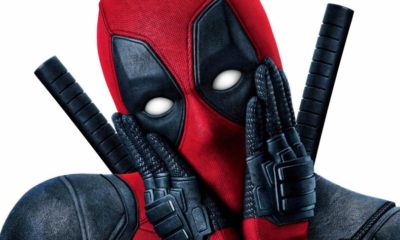
 News6 years ago
News6 years agoCONTEST: Win a Digital Copy of Deapool 2 Super Duper Cut & Deadpool
-
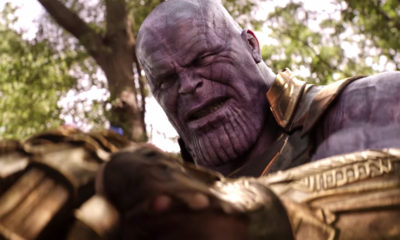
 Marvel News Desk5 years ago
Marvel News Desk5 years agoDisney+ Revealed and Infinity Saga Retrospective-Marvel News Desk #113



